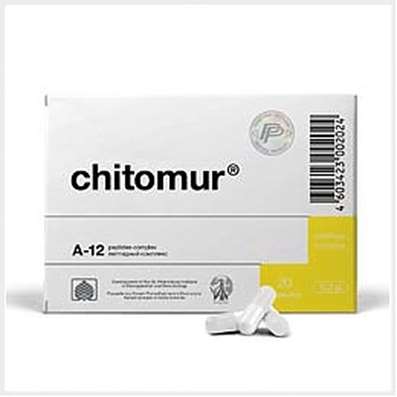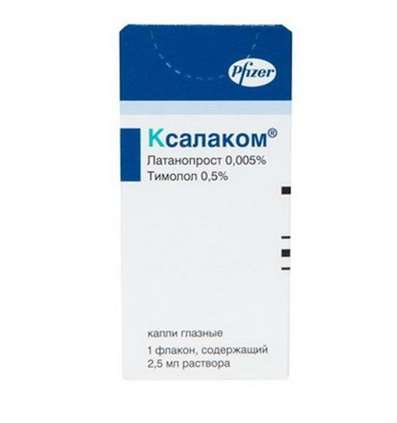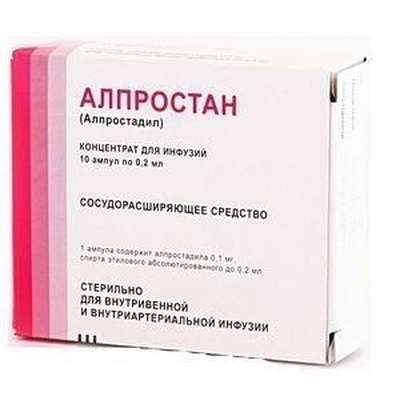Instruction for use: Flutamide (Flutamidum)
I want this, give me price
chemical name
2-Methyl-N- [4-nitro-3- (trifluoromethyl) phenyl] propanamide
Pharmacological group
Androgens, antiandrogens
Antineoplastic hormonal agents and hormone antagonists
Nosological classification (ICD-10)
C61 Malignant neoplasm of prostate
Adenocarcinoma of the prostate, Hormone-dependent prostate cancer, Hormone-Resistant Prostate Cancer, Malignant tumor of prostate, Malignant neoplasm of prostate, Carcinoma of the prostate, Locally-distributed non-metastatic prostate cancer, Locally advanced prostate cancer, Locally spread prostate cancer, Metastatic prostatic carcinoma, Metastatic prostate cancer, Metastatic hormone-resistant prostate cancer, Non-metastatic prostate cancer, Incompatible prostate cancer, Prostate Cancer, Prostate cancer, Common prostate cancer, Testosterone-Depot Prostate Cancer
E91 * Diagnosis of endocrine system diseases
Diagnosis of hypogalactia, Diagnosis of thyroid suppression, Diagnostic test of thyroid function, Diagnosis of hypothyroidism, Diagnosis of disorders of gonadotropic pituitary gland function, Thyroid scintigraphy test, Diagnostics of pheochromocytoma
L68.0 Hirsutism
Pathological hair body and body
Code CAS 13311-84-7
Characteristics
Antitumor agent. Antiandrogen of a nonsteroidal nature.
Pharmacology
Pharmacological action - antiandrogenic, antitumor.
Competitively blocks androgen receptors cells of target tissues and prevents the binding of androgens. Prevents the manifestation of the biological effects of androgens in androgen-sensitive organs (including the prostate gland and seminal vesicles). After taking flutamide, there is an increase in plasma levels of testosterone and estradiol. The ability of flutamide to interfere with the action of testosterone at the cellular level serves as a supplement to the drug castration caused by gonadotropin-releasing hormone analogues (GnRH).
When ingested quickly and completely absorbed from the digestive tract. Metabolised in the liver. At least 6 metabolites have been identified. The main metabolite found in the blood plasma - alpha-hydroxylated derivative (2-hydroxyflutamide) - is biologically active. Binding to plasma proteins is 94-96% (flutamide) and 92-94% (2-hydroxyflutamide). Cmax 2-oxiflutamide - 2 h. T1 / 2 2-hydroxyflutamide - 6 h (in elderly patients - 8 h after a single dose and 9.6 h at stable concentration). It is excreted mainly by kidneys in the form of metabolites, 4.2% - with feces for 72 hours.
With external application prevents hair growth. The effect is achieved after 2-3 months and is manifested by thinning and enlightening the hair, facilitating their hair removal, slowing growth, partial loss.
Indications
Tablets: palliative treatment of progressive prostate cancer (including metastases) in the form of monotherapy (with or without orchiectomy) or in combination with GnRH agonists; Treatment of locally advanced prostate cancer (T2b - T4). Differential diagnosis of hypogonadism in men.
Ointment: hirsutism.
Contraindications
Ingestion: hypersensitivity, severe liver, kidney, thyroid gland.
Outer (ointment): kidney disease, pregnancy.
Restrictions on the use
Cardiovascular disease, a tendency to thrombosis, decreased liver function.
pregnancy and lactation
Action category for fetus by FDA - D.
Side effects of Flutamide
Gynecomastia and / or soreness in the chest, galactorrhea, fluid retention, decreased libido, impotence, nausea, vomiting, diarrhea or constipation, increased or no appetite, impaired liver and / or kidney function, jaundice, insomnia, headache, paresthesia, Allergic reactions, subcutaneous hemorrhage, methemoglobinemia, lupus-like syndrome, suppression of spermatogenesis (with prolonged treatment).
With external application: skin allergic reactions (redness, burning sensation, rash).
Interaction
With systemic action, it is possible to enhance the anticoagulant effect of warfarin (the dose of anticoagulant should be selected under the control of prothrombin time).
Overdose
Treatment: if the patient is conscious and without spontaneous vomiting, you should induce vomiting. It is necessary to monitor vital functions, symptomatic therapy. Hemodialysis and peritoneal dialysis are ineffective (due to the high degree of binding to plasma proteins).
Routes of administration
Inside, outwardly.
Precautions
When treating prostate cancer, it is necessary to monitor liver function (laboratory tests should be performed once a month for the first four months and then regularly). In the case of an increase in the level of hepatic enzymes 2-3 times in comparison with the upper limit of normal values and / or the appearance of jaundice in the absence of metastases to the liver, the use of flutamide should be discontinued. If the first symptoms of liver dysfunction occur, such as pruritus, darkening of the urine, nausea, vomiting, persistent loss of appetite, yellowing of the skin or eye proteins, pain in the right hypochondrium or influenza-like symptoms of vague origin, you should immediately consult a doctor.
When evaluating the results of differential diagnosis of male hypogonadism, it is necessary to focus on the following indicators: in healthy people with normal basal gonadotropin excretion after administration of the drug, an increase in their excretion of 1.5 times or more is observed; When primary hypogonadism, the initial excretion of gonadotropins is significantly increased, less often - normal, the use of the drug leads to a further increase in their release in 1,5-2 times or more; With secondary hypogonadism, the initial excretion of gonadotropins is reduced, less often - normal, there is no significant increase in their release after taking the drug.
special instructions
There may be a change in the color of urine from amber to yellow-green.

 Cart
Cart





